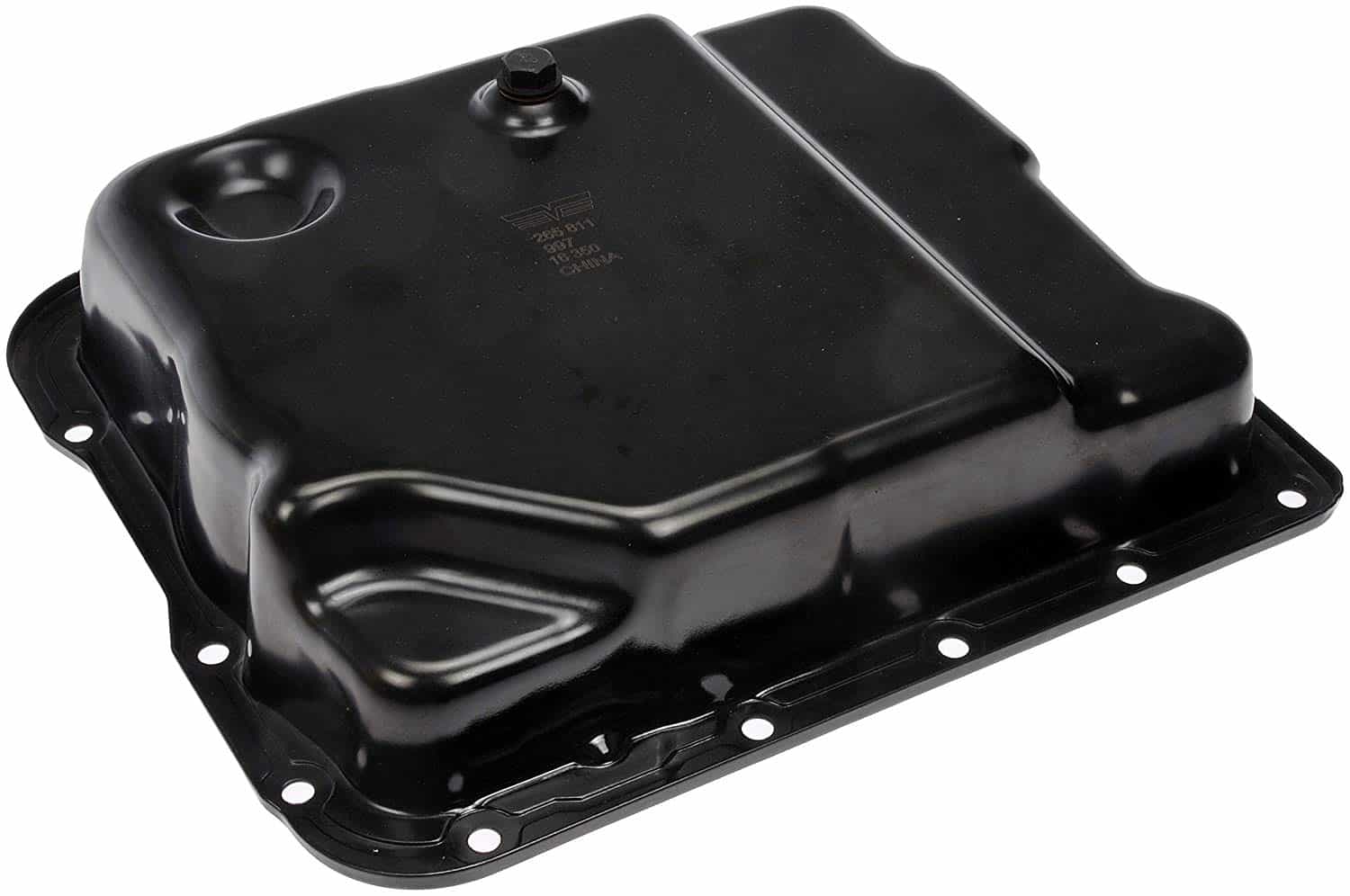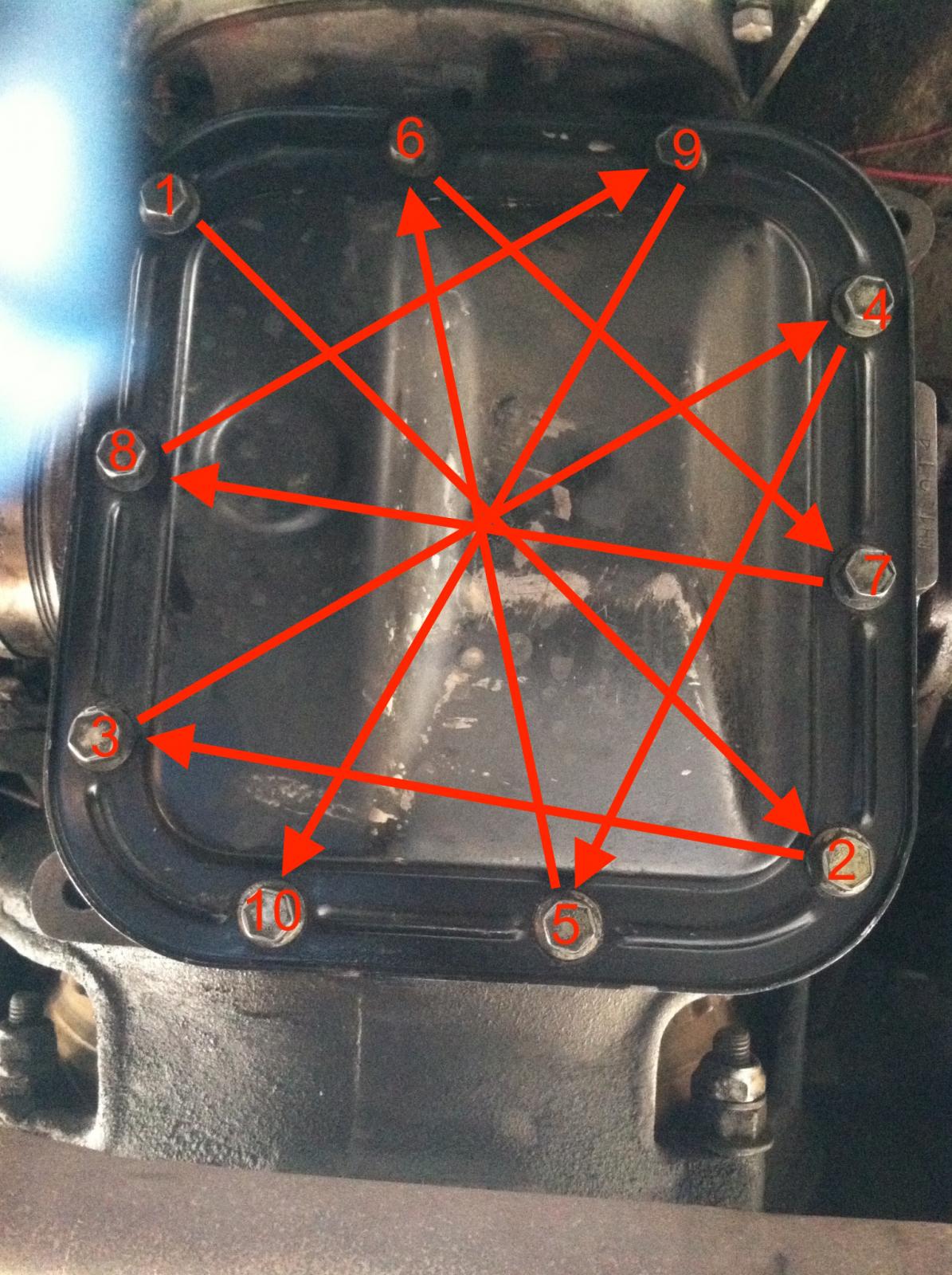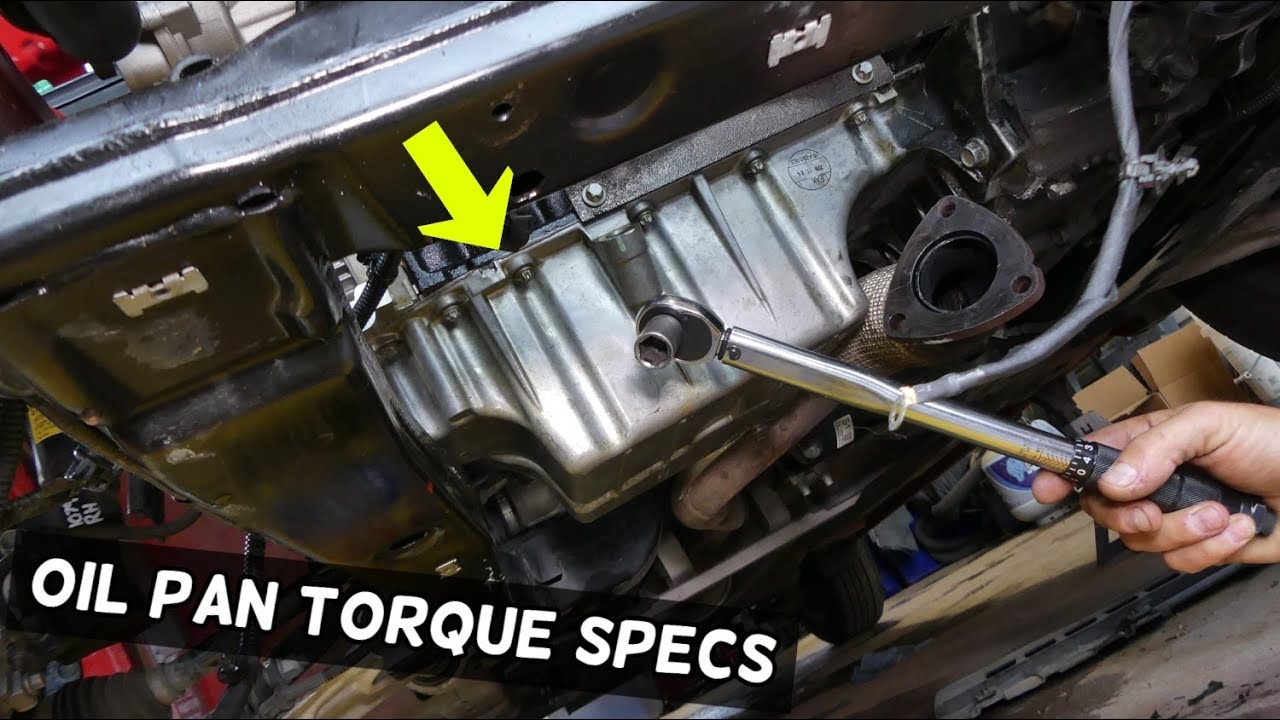In the automotive world, details matter, and one detail that often gets overlooked is torque specifications. Torque specs are not just numbers scribbled in a manual; they’re the backbone of your vehicle’s transmission system.
When you tighten the bolts on your transmission oil pan to the correct torque specs, you’re ensuring a proper seal.
This is crucial for preventing oil leaks and maintaining optimal transmission performance. A well-torqued bolt is like a well-oiled gear; it keeps the machine running smoothly.
Comprehensive Transmission Oil Pan Torque Specs Table
| Vehicle Name | Model | Oil Pan Torque Specs |
| Nissan | Altima | 18 ft-lbs |
| Nissan | Maxima | 20 ft-lbs |
| Nissan | Sentra | 16 ft-lbs |
| Ford | F-150 | 22 ft-lbs |
| Ford | Mustang | 20 ft-lbs |
| Ford | Explorer | 18 ft-lbs |
| Chevy | Silverado | 20 ft-lbs |
| Chevy | Malibu | 18 ft-lbs |
| Chevy | Impala | 16 ft-lbs |
| 4l60e | (All Models) | 18 ft-lbs |
OIL PAN TORQUE SPECS SEQUENCE CHEVROLET CRUZE SONIC.
Why Torque Specs Matter
Correct torque is more than just a manufacturer’s recommendation; it’s a crucial element in preventing leaks and ensuring the proper functioning of your transmission. The transmission oil pan is responsible for holding the transmission fluid, a vital component for your vehicle’s operation.
Incorrect torque can lead to a myriad of issues, from minor leaks to severe transmission damage. It’s akin to having the wrong tire pressure; it might not seem like a big deal, but it can have a significant impact on your vehicle’s performance and safety.
How to Find Accurate Torque Specs
Finding accurate torque specs can sometimes feel like searching for a needle in a haystack. Vehicle manufacturers provide specific torque specs for each model in the service manual, but these manuals are not always readily available or easy to understand.
That’s why we’ve created this guide. It compiles accurate torque specs for popular Nissan, Ford, and Chevy models, so you don’t have to dig through manuals or scour the internet. It’s your one-stop shop for all your torque spec needs.
Common Mistakes to Avoid Oil Pan Torque Specs
When it comes to torque, there are a few common mistakes that can lead to costly repairs down the road. One mistake is using a regular wrench instead of a torque wrench. A regular wrench won’t give you the precise torque measurement needed for a proper seal. Another common mistake is guessing torque values.
Guessing can lead to over-tightening or under-tightening, both of which can cause issues. Lastly, over-tightening is a common mistake that can lead to stripped threads, warped flanges, and oil leaks. It’s always better to be precise and follow the manufacturer’s recommendations.
- You Can See: Best Oil for Harley Transmission And Primary
Nissan Transmission Oil Pan Torque Specs

When it comes to Nissan, several models come to mind that are popular among consumers. These include the Nissan Altima, Nissan Maxima, and Nissan Sentra. Each of these models has specific torque specs for the transmission oil pan that need to be followed for optimal performance.
Nissan Transmission Oil Pan Torque Specs Table
| Model | Torque Specs |
| Nissan Altima | 18 ft-lbs |
| Nissan Maxima | 20 ft-lbs |
| Nissan Sentra | 16 ft-lbs |
Common Issues Nissan Transmission
Incorrect torque in Nissan models can lead to a variety of problems, the most common being oil leaks. An over-torqued bolt can strip the threads, while an under-torqued bolt can lead to a loose seal and subsequent leaks. Both scenarios are far from ideal and can lead to more severe transmission issues if not addressed promptly.
Ford Transmission Oil Pan Torque Specs
Ford has a wide range of models that are popular among consumers, including the Ford F-150, Ford Mustang, and Ford Explorer. Each of these models has its own set of torque specs for the transmission oil pan, which are crucial for maintaining optimal performance.
Ford Transmission Oil Pan Torque Specs Table
| Model | Torque Specs |
| Ford F-150 | 22 ft-lbs |
| Ford Mustang | 20 ft-lbs |
| Ford Explorer | 18 ft-lbs |
Common Issues Ford Transmission
Over-tightening is a prevalent issue in Ford models, leading to stripped threads and warped flanges. This can result in oil leaks, which are not only a nuisance but can also lead to more severe transmission problems if not addressed. On the flip side, under-tightening can also cause issues, such as a loose seal that leads to leaks.
Chevy Transmission Oil Pan Torque Specs
Chevy, another titan in the automotive industry, offers a range of models that are household names. These include the Chevy Silverado, Chevy Malibu, and Chevy Impala. Each model has its own set of torque specs for the transmission oil pan, which are essential for maintaining a well-functioning transmission system.
Chevy Transmission Oil Pan Torque Specs Table
| Model | Torque Specs |
| Chevy Silverado | 20 ft-lbs |
| Chevy Malibu | 18 ft-lbs |
| Chevy Impala | 16 ft-lbs |
Common Issues Chevy Transmission
Incorrect torque in Chevy models can lead to a host of problems, the most common being oil leaks. Over-tightening can strip the threads, while under-tightening can result in a loose seal and subsequent leaks. Both scenarios can lead to more severe transmission issues if not addressed in a timely manner.
- You Can See: How Many Quarts Oil 5.3 Chevy
4l60e Transmission Oil Pan Torque Specs

The 4l60e is a popular automatic transmission used in a variety of vehicles, from trucks to sedans. Known for its reliability and performance, it’s crucial to maintain it properly, and that includes using the correct torque specs for the transmission oil pan.
Recommended Torque Settings
For the 4l60e transmission oil pan, the recommended torque setting is 18 ft-lbs. This value ensures a proper seal, minimizing the risk of leaks and other issues that could compromise your transmission’s performance.
Common Issues 4l60e Transmission
Incorrect torque can lead to a variety of problems, the most common being leaks. An over-torqued bolt can strip the threads, while an under-torqued bolt can lead to a loose seal and subsequent leaks. Both scenarios can lead to poor transmission performance and even more severe issues if not addressed promptly.

Credit: www.thesamba.com
FAQs
What is the Proper Torque for Oil Pan Bolts?
Assuming you are talking about a standard automotive oil pan, the bolts should be torqued to between 7 and 11 ft lbs. This is usually accomplished by snugging the bolts down by hand and then using a torque wrench to achieve the desired level of tightness.
What are torque specs and why are they important?
Torque specs are manufacturer-recommended values for tightening bolts and screws. They are crucial for ensuring a proper seal and preventing leaks. Think of it as the “sweet spot” for tightening; too loose or too tight, and you’re asking for trouble.
How do I find the torque specs for my vehicle?
Torque specs are usually found in the vehicle’s service manual. However, we understand that these manuals are not always readily available or easy to understand. That’s why this guide provides accurate torque specs for popular Nissan, Ford, and Chevy models.
What tools do I need to measure torque?
A torque wrench is essential for measuring torque accurately. It’s a specialized tool designed to apply a specific amount of force to a fastener. Using a regular wrench won’t give you the precise measurement needed for a proper seal.
What happens if I over-torque the oil pan?
Over-torquing can lead to stripped threads, warped flanges, and oil leaks. It’s similar to over-tightening a jar lid; you might not notice the issue right away, but it can lead to problems down the line.
Conclusion
We’ve taken you on a comprehensive journey through the world of transmission oil pan torque specs, covering popular models from Nissan, Ford, and Chevy, as well as the widely-used 4l60e transmission.
We’ve emphasized the importance of correct torque specs, and common mistakes to avoid, and provided you with accurate torque specs for popular vehicle models.
See Also:


